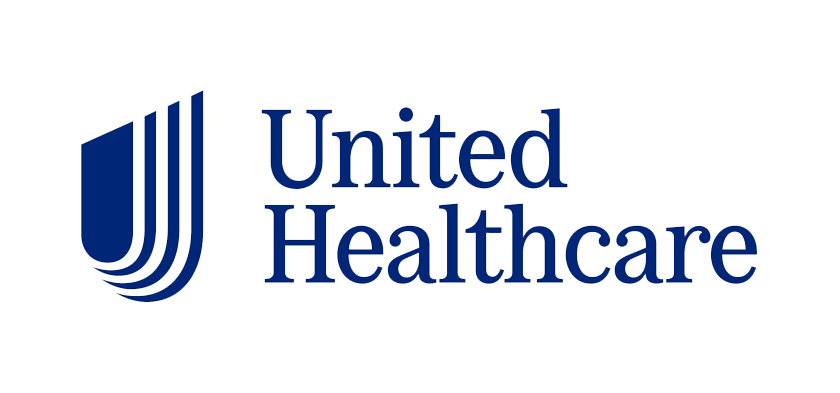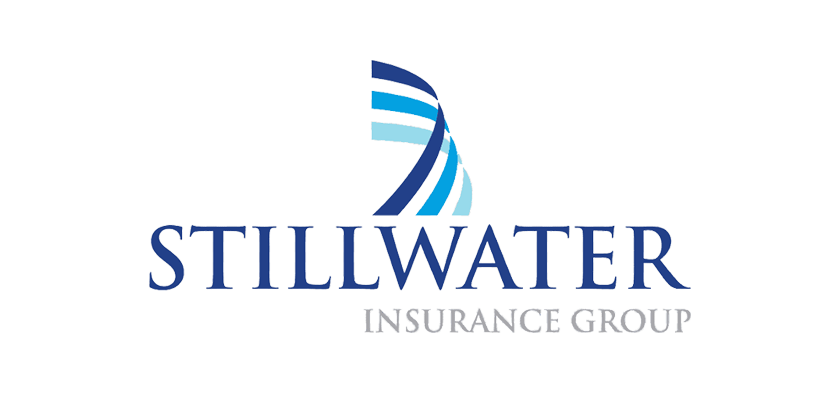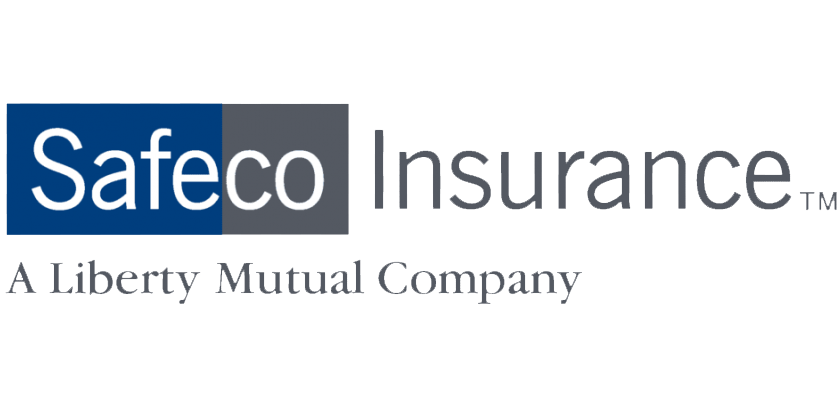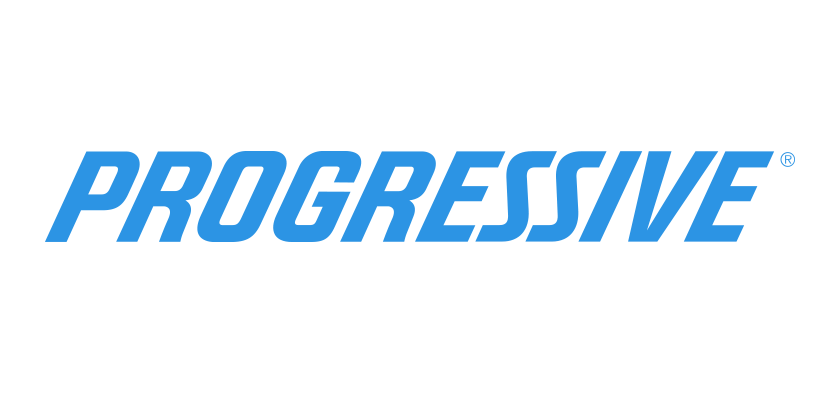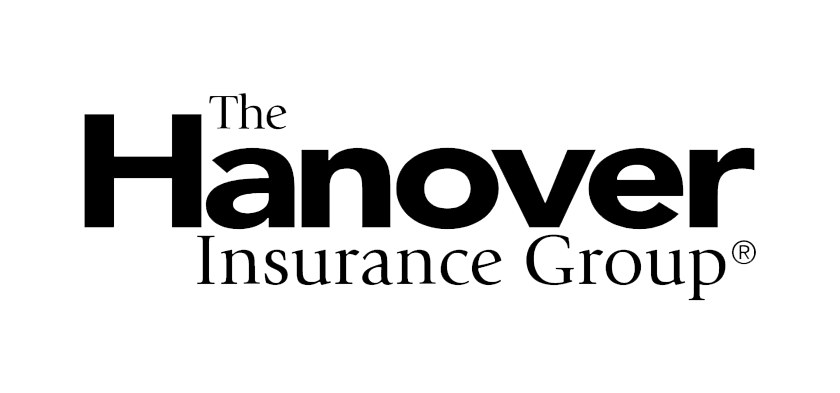Medicare beneficiaries across the nation have the option of enrolling in Medicare Part D to get help with their prescription drug costs.
Medicare prescription drug coverage is available in two ways. If you have Original Medicare (Part A and Part B), Medicare Part D isn’t automatically included. Instead, you can get this coverage by enrolling in a stand-alone Medicare Prescription Drug Plan that works alongside your Original Medicare benefits.
If you have Medicare Part C, you can get prescription drug benefits by enrolling in a Medicare Advantage plan that includes this coverage. Also known as Medicare Advantage Prescription Drug plans, these plans give you the option to get your Medicare health and prescription drug benefits covered under a single plan.
Medicare Part D coverage is available through private insurance companies that are contracted by Medicare, so costs and availability may differ between Medicare plans, insurance companies, and location.
Medicare Part D Eligibility and Enrollment
You’re eligible for Medicare prescription drug coverage if:
- You’re enrolled in Medicare Part A and/or Part B, and
- You also live in the service area of a Medicare plan that includes prescription drug coverage.
If you’re eligible for Medicare Part D, you can enroll in a stand-alone Medicare Prescription Drug Plan or Medicare Advantage Prescription Drug plan during certain times:
Initial Enrollment Period for Part D (IEP for Part D): This is the period you’re first eligible for Medicare prescription drug coverage. It usually overlaps with the period that you’re first eligible for Medicare, starting three months before you turn 65, including your birthday month, and ending three months later (for a total of seven months). If you are eligible for Medicare through disability, this period starts three months before your 25th month of disability benefits from Social Security or the Railroad Retirement Board and lasts for seven months.
Annual Election Period (October 15 to December 7): This is your yearly opportunity to make changes to your Medicare Part D coverage or to sign up for it if you don’t already have it. During this time, you can enroll in a Medicare Prescription Drug Plan or Medicare Advantage Prescription Drug plan for the first time, switch Medicare plans, or disenroll from your plan.
Medicare Advantage Open Enrollment Period (January 1 to March 31): If you are enrolled in Medicare Part C and change your mind, you can use this period to disenroll from your Medicare Advantage plan and return to Original Medicare. You can also use this time to enroll in a Medicare Prescription Drug Plan. You can’t use this period to make other changes to your Medicare Part D coverage.
Special Election Period: Outside of the above periods, you can only enroll in Medicare Part D or make changes to your coverage if you qualify for a Special Election Period. Some examples of situations that may qualify you for a Special Election Period include, but aren’t limited to, moving outside of your Medicare plan’s service area, losing your Medicaid eligibility, or moving into a nursing home.
Medicare Part D late-enrollment penalty
Even if you’re not currently taking prescription medications, it’s a good idea to sign up for Medicare Part D as soon as you’re first eligible. As mentioned, you’re eligible for Medicare Part D once you have Medicare Part A and/or Part B, and live in the service area of a Medicare plan that includes prescription drug coverage.
If you don’t enroll in Medicare Part D, make sure you have other creditable prescription drug coverage, which is insurance that is as good as the standard Medicare prescription drug benefit. If you don’t enroll in Medicare Part D when you’re first eligible and go without creditable prescription drug coverage for 63 days in a row or more, you could face a late-enrollment penalty if you sign up for Part D later on. This penalty comes in the form of an extra cost that is added to your monthly Medicare Part D premium; you may have to pay this higher premium permanently.
Some employer-sponsored health plans may be considered creditable coverage, but not all employer coverage is. If you have health coverage through your employer (or your spouse’s employer), you’ll be notified each year whether that coverage is considered creditable. If you don’t receive this notice, contact your employer group coverage to make sure your insurance is creditable.
Medicare Part D is optional coverage, and you don’t have to get it. However, if you don’t sign up for it when you’re first eligible and don’t have creditable prescription drug coverage, you may have to pay a higher premium if you end up enrolling down the line.
Medicare Part D prescription Drug Coverage
Each Medicare plan that covers prescription drugs has its own formulary, or list of covered medications. These formularies include coverage of specific generic and brand-name prescription drugs. All plans must cover certain categories of medications, but the specific prescription drugs covered in each category may vary by insurance company and by Medicare plan. Because of this, it’s always a good idea to check the formulary before enrolling in a Medicare Prescription Drug Plan or Medicare Advantage Prescription Drug plan to make sure your specific medications are covered. Also, keep in mind that the formulary may change at any time. You’ll receive notice from your Medicare plan when necessary.
All plans must cover at least two prescription drugs per each category and most medications in the anti-psychotics, anti-depressants, immunosuppressants, anti-convulsant, antineoplastic (cancer), and anti-retroviral (HIV/AIDS) categories.
Keep in mind that if you fill a prescription that is not in your plan’s formulary, then you may be responsible for the full retail cost of the medication. If your Medicare Prescription Drug Plan or Medicare Advantage Prescription Drug plan doesn’t cover a prescription drug that you and your doctor think you need, you have a right to ask for an exception to get that medication covered. You can submit an exception request to your Medicare plan by phone or in writing, and the plan must respond with its decision within 72 hours or receiving your request. If you need a decision sooner because waiting 72 hours could endanger your health, you also have a right to request an expedited request. If you submit an expedited request, your Medicare plan must notify you within 24 hours whether it has approved your exception.
Medicare Part D Prescription Drug Costs
Because Medicare plans set their own monthly premiums and other out-of-pocket expenses, your Medicare Part D costs may differ by plan, insurance company, and location. In general, each Medicare Prescription Drug Plan and Medicare Advantage Prescription Drug plan requires a monthly premium. Keep in mind that the premium for your Medicare Part D coverage is separate from any monthly premiums you may owe for Medicare Part A or Part B. You’ll need to keep paying your Medicare Part B premium, in addition to any monthly premium required by your Medicare Prescription Drug Plan or Medicare Advantage Prescription Drug plan. If you’re enrolled in a Medicare Advantage plan that includes prescription drug coverage, your plan premium may include the cost for your Medicare Part D coverage.
You may pay an extra cost if your income (as reported on your tax return from two years ago) falls above a certain threshold. Also known as the Part D Income-Related Monthly Adjustment Amount (IRMAA), this cost is separate from the monthly premium you may pay for your Part D coverage and may change from year to year. Unlike your Part D monthly premium, you’ll pay the Part D-IRMAA directly to Medicare, not your Medicare plan.
Social Security will notify you if you need to pay the Part D-IRMAA. For more information, contact Social Security at 1-800-772-1213 (TTY users, 1-800-325-0778), Monday through Friday, from 7AM to 7PM. If you worked for a railroad, contact the Railroad Retirement Board for more information at 1-877-772-5772 (TTY users, 1-312-751-4701), Monday through Friday, from 9AM to 3:30PM.
In addition to your monthly plan premium, other Medicare Part D costs may include the following:
Yearly deductible: This is the amount that you must pay out of pocket before your Medicare plan begins to cover costs. The government sets a maximum deductible for Medicare plans that cover prescription drugs, which may change each year. Some plans may not have a deductible.
Copayments and coinsurance: You are responsible for paying these amounts for your medications after you have paid your plan deductible (if required). A copayment is a fixed cost (for example, a $5 copay), whereas a coinsurance is usually a percentage. For example, you may owe a 10% coinsurance for covered medications, after your plan has paid its share.
Coverage gap, or “donut hole”: After you and your plan have spent a certain amount on covered medications (including the deductible), you may enter the coverage gap, which is a temporary increase in your out-of-pocket prescription drug costs. In the past, beneficiaries paid for all prescription costs once they entered the coverage gap; however, recent health-care legislation created discounts on your costs for covered brand name and generic medications in the coverage gap. Once you have paid up to a certain amount out of pocket, you’re out of the coverage gap and your Medicare plan begins catastrophic coverage, during which you pay only a small copayment or coinsurance for covered prescription drugs for the rest of the year, while your plan covers the rest of the costs. Health-care reform lowers your costs in the “donut hole” every year until 2020, when the coverage gap is closed.


